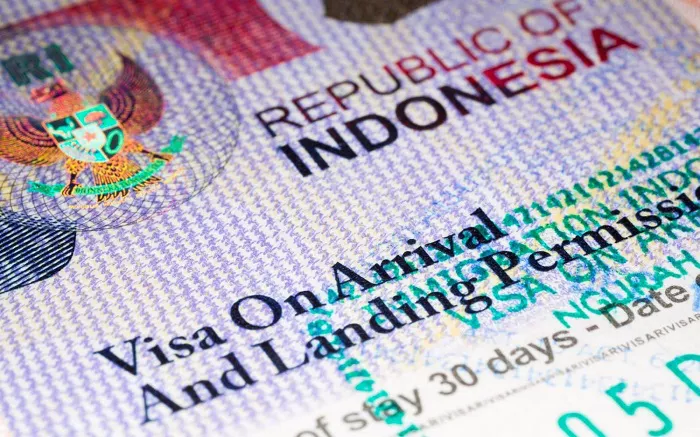The United States is home to some of the world’s most prestigious universities and colleges, attracting students from every corner of the globe. Whether you are planning to pursue an undergraduate, graduate, or non-degree program, understanding how to apply for a student visa in the USA is crucial. This article provides a comprehensive guide to the process, from selecting a school to arriving in the U.S., with insights into documentation, fees, interviews, and post-arrival responsibilities.
Step 1: Choose a SEVP-Approved School
Before applying for a student visa, you must first be accepted into a U.S. institution certified by the Student and Exchange Visitor Program (SEVP). Only SEVP-approved schools can issue the Form I-20, which is necessary to start your visa application.
To search for SEVP-approved schools, visit the official School Search page on Study in the States.
Types of U.S. Student Visas
There are three primary types of student visas:
- F-1 Visa – For academic studies at an accredited U.S. college or university, or to study English at an English language institute.
- M-1 Visa – For non-academic or vocational study or training in the U.S.
- J-1 Visa – For students participating in exchange programs, including high school and university study.
Step 2: Receive Form I-20 or DS-2019
Once accepted by a SEVP-certified school, you will receive either Form I-20 (for F-1 or M-1 visa) or Form DS-2019 (for J-1 visa). These forms are critical and contain your SEVIS ID number and other necessary details required for your visa application.
Step 3: Pay the SEVIS Fee
Before applying for a visa, pay the SEVIS I-901 fee:
- F-1 and M-1 visas: $350
- J-1 visa: $220
Payment can be made online through the SEVIS I-901 Fee Payment Website. Retain the receipt, as you will need to present it during your visa interview.
Step 4: Complete the DS-160 Visa Application
All non-immigrant visa applicants must complete the DS-160 form online. This form collects your personal, educational, and travel information.
Start your application at the Consular Electronic Application Center. Once submitted, print the DS-160 confirmation page with the barcode.
Step 5: Schedule Your Visa Interview
After submitting the DS-160, schedule an appointment for a visa interview at the nearest U.S. embassy or consulate in your country. Wait times vary by location, so book early. You will need the following to schedule your interview:
- Passport valid for at least six months beyond your stay in the U.S.
- DS-160 confirmation page
- Receipt of visa application fee (approximately $185)
- Form I-20 or DS-2019
- SEVIS I-901 fee receipt
Step 6: Prepare for the Visa Interview
Your visa interview is a critical step in the process. The consular officer will assess your intent to study, your academic preparedness, and your financial ability to support yourself in the U.S.
Documents to Bring
- Passport
- DS-160 confirmation page
- Visa application fee receipt
- Form I-20 or DS-2019
- SEVIS fee payment confirmation
- Academic transcripts and diplomas
- Standardized test scores (e.g., TOEFL, IELTS, GRE, GMAT)
- Proof of financial support
Tips for a Successful Interview
- Be honest and concise in your answers.
- Clearly articulate your academic goals.
- Show strong ties to your home country.
- Demonstrate financial capability.
Step 7: Receive Your Visa
If approved, your passport will be returned to you with the visa inside. Visa processing times may vary. Once you have your visa, you can make travel arrangements to the U.S.
Step 8: Entering the United States
You may enter the U.S. up to 30 days before the program start date indicated on your Form I-20 or DS-2019. At the port of entry, present your passport, visa, and Form I-20 or DS-2019 to the Customs and Border Protection (CBP) officer.
Documents to Carry When Traveling
- Passport with visa
- Form I-20 or DS-2019
- SEVIS fee payment confirmation
- Admission letter from the school
- Financial support documents
Maintaining Your Visa Status
After arriving in the U.S., it is essential to maintain your visa status by complying with all rules and regulations.
Important Responsibilities
- Attend all your classes and make academic progress.
- Maintain full-time enrollment.
- Do not work off-campus without authorization.
- Keep your passport valid.
- Notify your school of address changes.
Visa Renewal and Extension
If your visa expires and you plan to travel abroad and re-enter the U.S., you will need to apply for a new visa. If you need more time to complete your studies, your school’s designated official can help you extend your Form I-20 or DS-2019.
Transferring Schools
You can transfer to another SEVP-certified institution during your studies. Coordinate with both schools and ensure your SEVIS record is transferred properly to avoid losing status.
Conclusion
Applying for a student visa in the USA involves multiple steps, each requiring careful attention and preparation. From selecting a SEVP-certified school to navigating the SEVIS system, visa interviews, and maintaining your status, every part of the process matters. Planning ahead, staying organized, and seeking guidance from your school’s international student office can help make your journey smoother. With the right preparation, studying in the United States can be a life-changing experience, opening doors to academic achievement and global opportunities.


